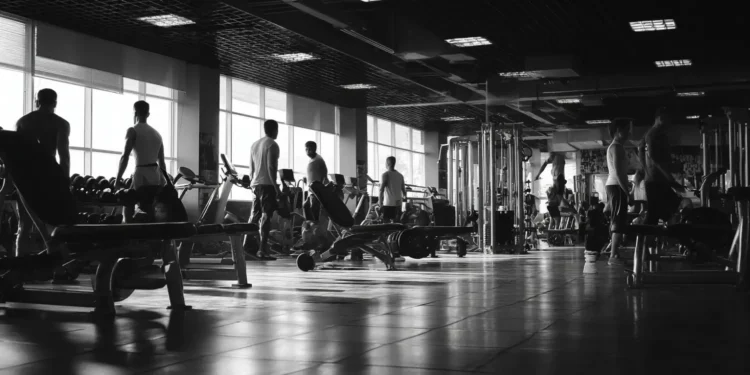Exercise is a vital component of a healthy lifestyle, and yet, misinformation often clouds its true benefits and methods. Let’s tackle the top 10 myths about exercise and why they’re wrong, empowering you to embark on your fitness journey devoid of misconceptions.
Myth 1: You Need to Work Out Every Day
Contrary to popular belief, working out every day is not necessary to see results. Rest days are crucial to allow your body to recover, repair, and grow stronger. Muscles are not built during workouts but rather during recovery time.
Myth 2: Cardio Is the Only Way to Lose Weight
While cardio is effective for burning calories, it is not the sole solution for weight loss. Incorporating strength training into your routine can boost metabolism, increase muscle mass, and contribute to more effective and sustained weight management.
Myth 3: Weightlifting Makes You Bulky
The fear of becoming too bulky deters many, especially women, from weightlifting. In reality, gaining significant muscle mass requires specific, intense training and diet regimens. For most, weightlifting results in a toned and lean physique.
Myth 4: You Can ‘Spot Reduce’ Fat
Many people believe they can target fat loss in specific areas by doing exercises that focus on those spots. However, fat loss cannot be spot-targeted. Reducing body fat requires a combination of a healthy diet, regular exercise, and patience.
Myth 5: More Sweat Equals a Better Workout
Sweat is not an indicator of calorie burn or workout effectiveness. It merely reflects your body’s mechanism to cool down. Focus on the quality of your workout and the progress over time, not the amount of sweat produced.
Myth 6: Running Is Bad for Your Knees
There is a common misconception that running inevitably leads to knee injuries. However, when done correctly, running can strengthen the muscles around the knees and actually protect against joint problems.
Myth 7: You Need to Exercise for At Least 30 Minutes
While longer workout sessions are effective, shorter and more intense exercises, like HIIT, can also provide significant health benefits. Consistency is key, regardless of the duration.
Myth 8: You Should Stretch Before Working Out
Static stretching is best saved for after workouts when the muscles are warm. Prior to exercising, dynamic stretching is recommended to prepare the muscles for activity and prevent injury.
Myth 9: Crunches Are the Best Way to Get Abs
Crunches alone won’t get you a six-pack. Abdominal definition stems from a combination of full-body workouts, a balanced diet, and overall body fat reduction.
Myth 10: Fitness Equals Thinness
Fitness and health are not synonymous with being thin. People of various body types can be healthy if they engage in regular exercise and maintain a balanced diet. Celebrate your body’s abilities over its appearance.
It’s vital to debunk these myths to pave the way for a healthier, more informed approach to fitness. Understanding the truth about exercise helps create realistic goals, avoid injury, and ultimately, enhances the joy and effectiveness of a workout routine.






